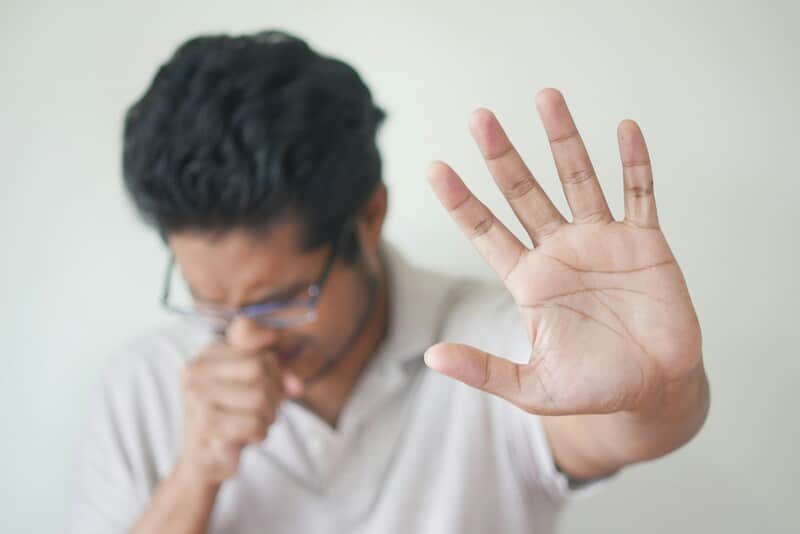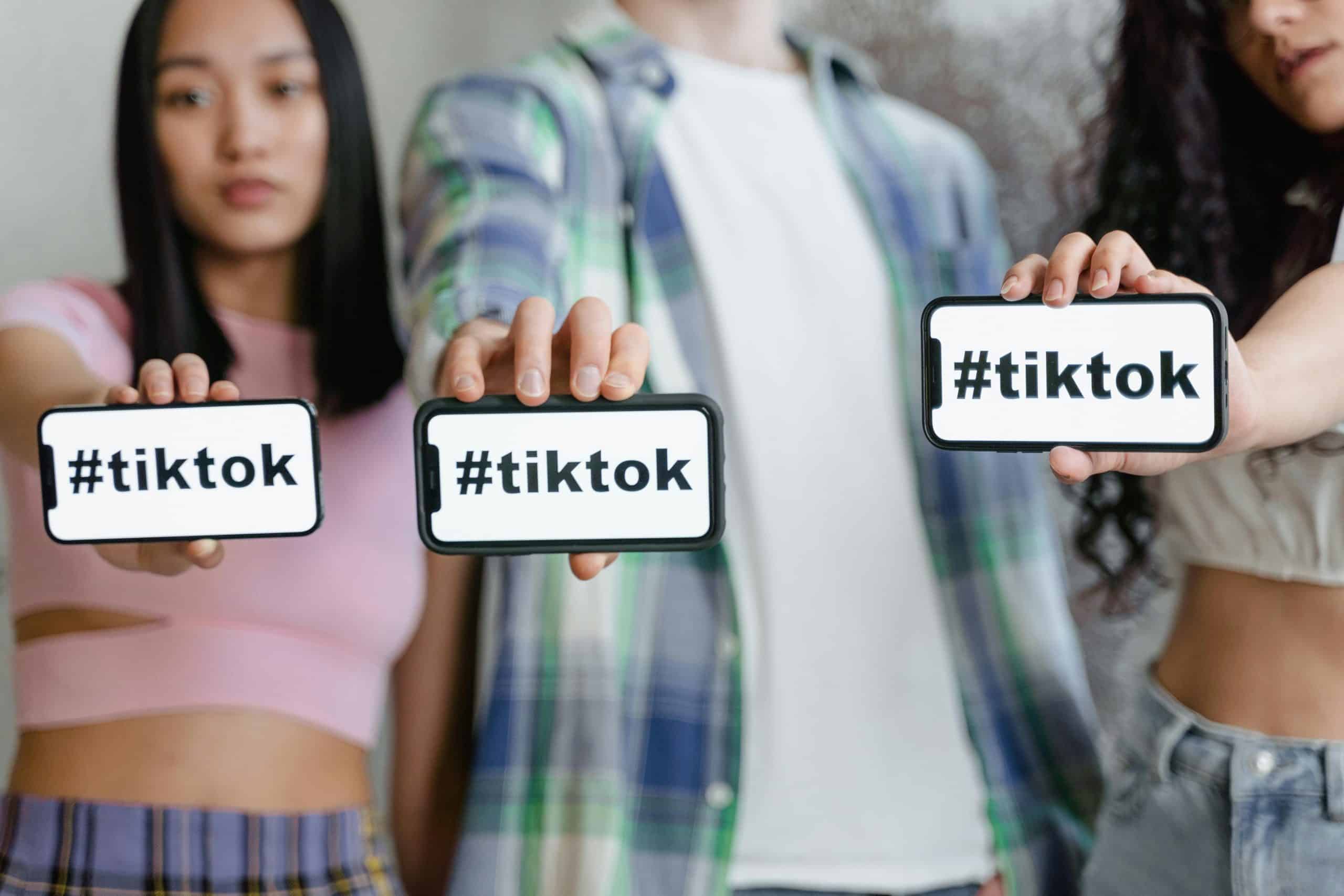Core sores, also known as fever blisters, are viral infections that cause small bumps on or near the lips. Typically, these cold sores are filled with fluid and occur once these blisters rupture and scab over. Moreover, healing from these bumps can last over two weeks without scarring. What’s more? These tiny blisters are contagious and usually spread from close contact between affected individuals.
Understanding Cold Sores
A person with a cold sore may experience various symptoms. At first, they may notice itching or tingling on or near their lips that lasts about a day. Following these mild symptoms, a small, hard, and more painful blister appears in the same spot. Subsequently, an individual may find cold sores around their lips, cheeks, nose, or inside their mouth. From there, these blisters mature, merge, and burst, leaving behind open sores. During this stage, a person may experience the most pain as these wounds ooze and gradually crust over.
The severity of cold sores depends on whether a person is having their first outbreak or a recurring one. Notably, symptoms from the initial outbreak may not become noticeable until around twenty days after someone is exposed to the virus. Once affected, an individual may struggle with painful gums, fever, headaches, sore throat, swollen lymph nodes, and muscle aches. In contrast, recurring outbreaks have milder symptoms and tend to appear in the same place each cycle. Particularly, children five years old and younger can experience cold sores inside their mouths too, however, these bumps are usually mistaken as cancer sores.
Although these sores have various similarities, their causes and how they affect people make them different. For starters, people with HSV can get cold sores, while individuals with canker sores get them from various non-viral causes. Moreover, core sores are contagious and canker sores aren’t. Not only that but individuals with either sores may find them in different areas of their body. Specifically, cold sores form on or near the lips, while canker sores develop in the mouth.
The Herpes Virus
Primarily, HSV–1 (herpes simplex virus type-1) causes someone to be affected with cold sores. Although a person with HSV-2 can get fever blisters, they’re more likely to get genital herpes. Despite their differences, both viruses can spread due to close contact with the face and genitals. Specifically, people engaged in kissing or sex are more likely to spread these viruses and even cold sores. Additionally, sharing objects such as utensils, towels, or razors can push the transmission of the type 1 herpes virus.
While oozing cold sores are highly contagious, even the invisible ones can still spread regardless. With that, people with fever blisters can remain asymptomatic as this virus can lie dormant in nerve cells and reemerge once someone is infected. Additionally, exposure to various triggers including hormonal changes, fatigue, virus infections, skin injury, immune symptoms changes, and even the sun can reactivate cold sores.
Susceptibility

Everyone is susceptible to getting cold sores as many adults have HSV-1 even though they don’t exhibit any symptoms. In fact, this virus is contracted during one’s childhood, spreading from contacting an infected caregiver or family member. However, weakened immune systems may heighten the risk of someone catching cold sores.
People with health conditions or undergoing treatments including atopic dermatitis or eczema, HIV/AIDS, or cancer chemotherapy are at risk too. Even those who reject medicine designed for organ transplants are highly susceptible as well. Consequently, extra precautions may help these individuals prevent a cold-sore outbreak and manage complications.
Infections of Hands and Eyes
Besides cold sores, HSV-1 can cause problems in other places on the body outside the face and genitals. Notably, both herpes viruses can cause herpes whitlow, which is an infection of the fingertips. Children with cold sores may spread this infection to their fingers if they suck their thumbs or bite their nails. Likewise, the eyes can also be infected as this virus can cause potential injury or scarring. If someone has eye infections repeatedly may struggle with vision issues, or worse, vision loss. For individuals with eczema, core sores can spread throughout the body, which may become a medical emergency if left untreated. Some people are finding success with break-through treatments for cold sores like Lyranda, that is produced by Linpharma that has a distribution center in Tampa, FL.
Final Thoughts
If an individual experiences cold sore outbreaks over nine times in a single year, they should visit their healthcare providers to get help. From there, these individuals may be prescribed antivirus medicine to alleviate their symptoms especially before they engage in triggering activities. Sunlight triggering an outbreak can be remedied by placing sunblock on the affected areas of one’s body.
To prevent further outbreaks, a person with cold sores should avoid skin contact with other people. When fluid leaks from these bumps, the virus can spread faster and be more impactful. That’s why these individuals shouldn’t share their possessions with others and maintain good hand hygiene to avoid spreading this virus with their hands.
Disclaimer: This article is intended simply to provide information. It does not replace the medical advice of a physician or other medical professional. Please speak with your doctor or therapist if you have any questions or concerns.









